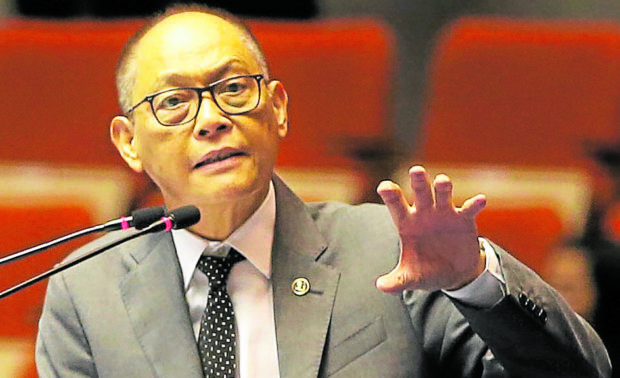‘Sound macroeconomic fundamentals’ seen aiding PH
The Philippines’ recovery from the deepest output contraction since World War II is being supported by sound fundamentals, which pave the way for a much stronger economy after the pandemic, according to the country’s chief monetary regulator.
Speaking before Japanese investors in a recent online forum, Bangko Sentral ng Pilipinas (BSP) Governor Benjamin Diokno pointed to the 11.8-percent growth in the second quarter as evidence of this.
In addition, manageable inflation, stable banking sector and robust external payments position will help keep the adverse economic effects of the pandemic temporary, he explained.
“The Philippines’ economic fundamentals remain sound. While the pandemic poses challenges in the short term, the country continues to enjoy bright medium- and long-term growth prospects,” Diokno told clients of Japan-based financial services firm, Nomura.
The BSP estimates that inflation will slightly exceed the 2 to 4 percent target range this year due to supply factors but will ease toward the midpoint of the target band next year and in 2023. Policymakers are hoping that a more favorable inflation scenario will attract more investments and lead to job creation and income growth.
The government’s economic managers expect the economy to grow between 4 and 5 percent this year and accelerate to a range of 7 to 9 percent next year.
In terms of banking sector stability, Diokno said banks in the country had kept their capitalization and liquidity buffers well above the regulatory requirements and their exposure to bad debts manageable throughout the crisis. As such, banks remain capable of supporting the growth of the economy.
On the country’s external accounts, the central bank chief said buffers were sufficient to manage impact of shocks, including market reaction over the pending move of the US Federal Reserve to normalize its monetary policy.
“Our external liquidity buffers continue to be more than adequate,” the governor said. “Our hefty [gross international reserves], steady inflows from remittances and [business process outsourcing firms], and recovery of exports and [foreign direct investments] will support the peso.”
Dollar reserves, based on preliminary data, reached $108.05 billion as of end-August this year, higher than the country’s outstanding external debt. Latest data showed that external debt amounted to $97 billion as of end-March this year.
The governor said the peso, which has depreciated by 3.5 percent against the US dollar since the start of the year, remains relatively stable.
The manageable weakening of the local currency against the US dollar was broadly in line with the behavior of other emerging market currencies, as demand for the dollar rises amid the anticipated policy normalization by the Fed.
He added that the country’s flexible exchange rate policy helps protect the peso against speculative attacks.
“The market determined exchange rate is our first line of defense against external shocks,” he said. INQ

